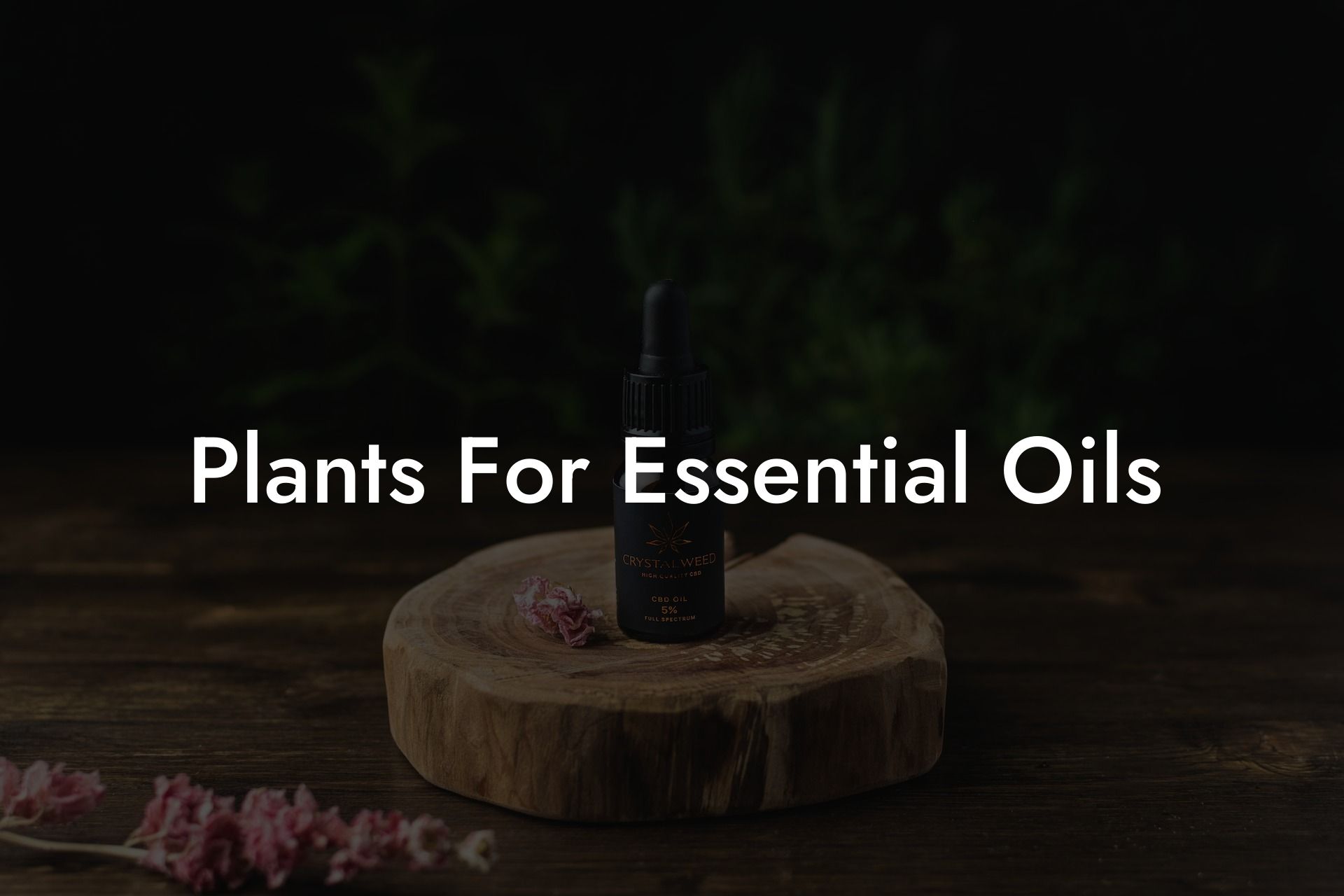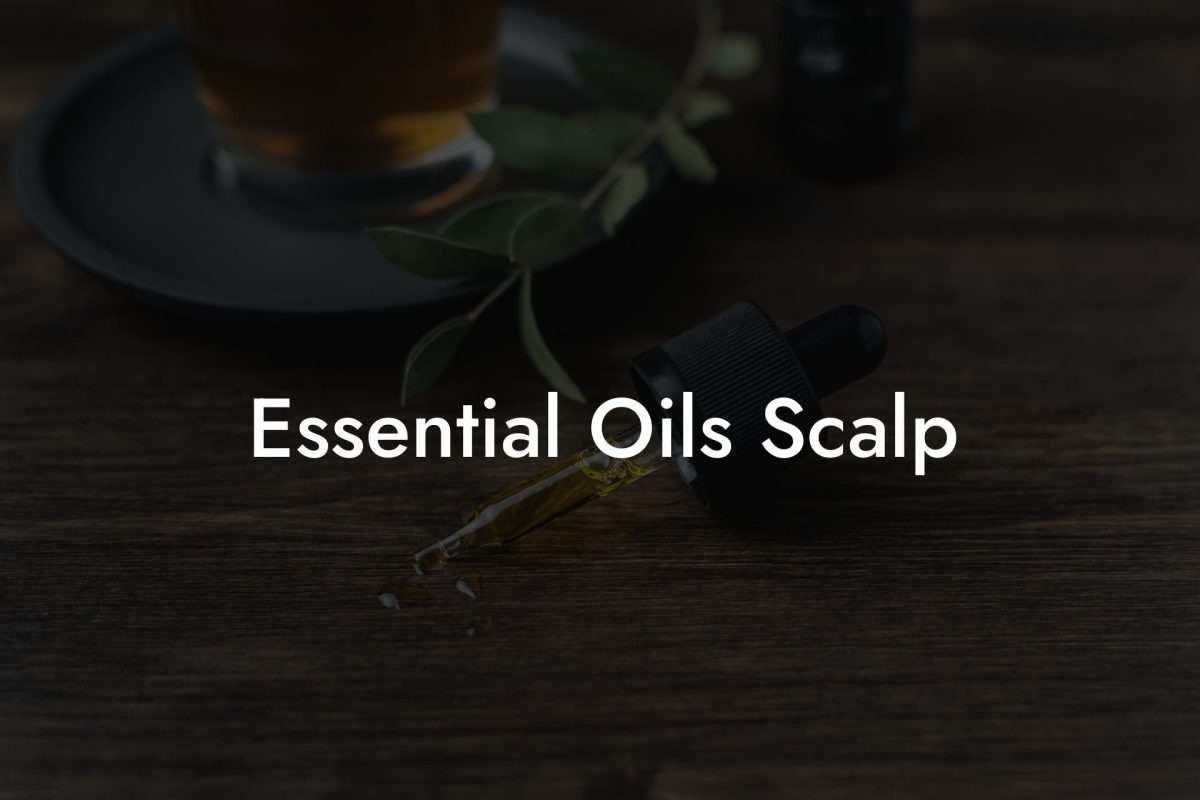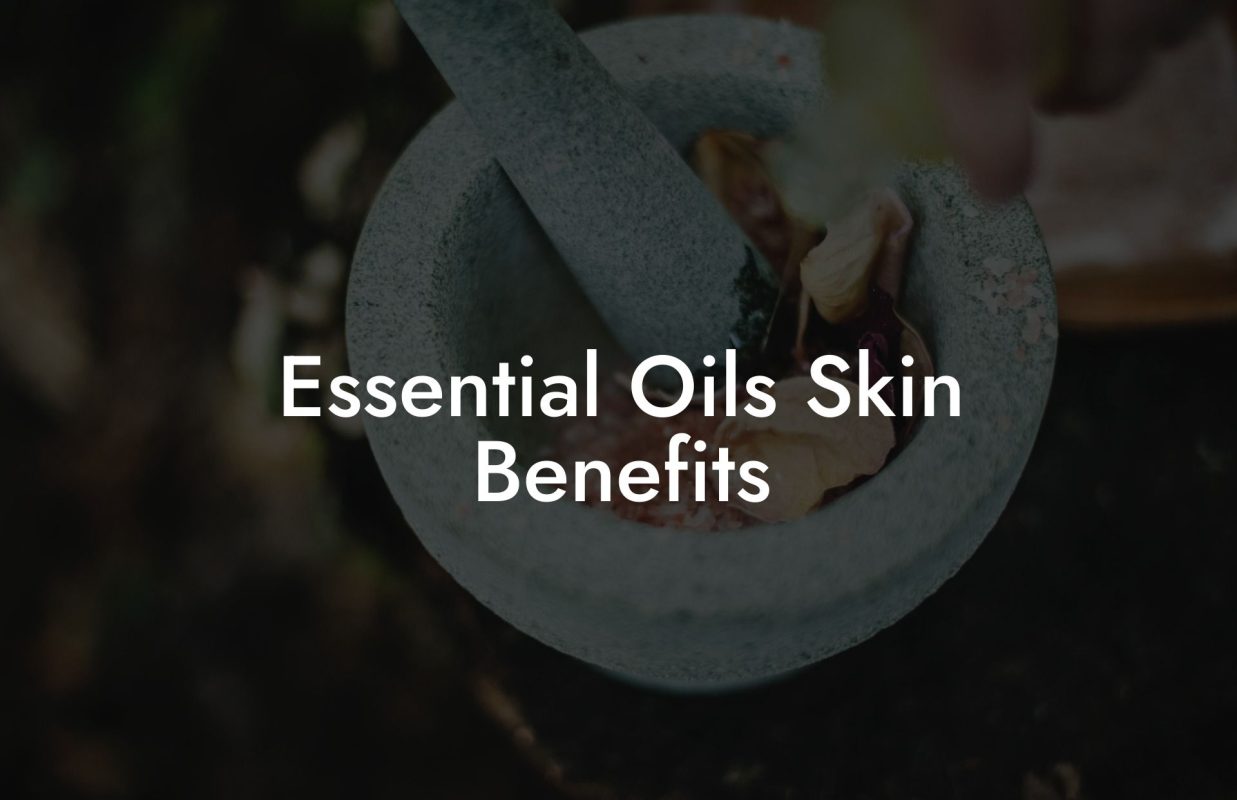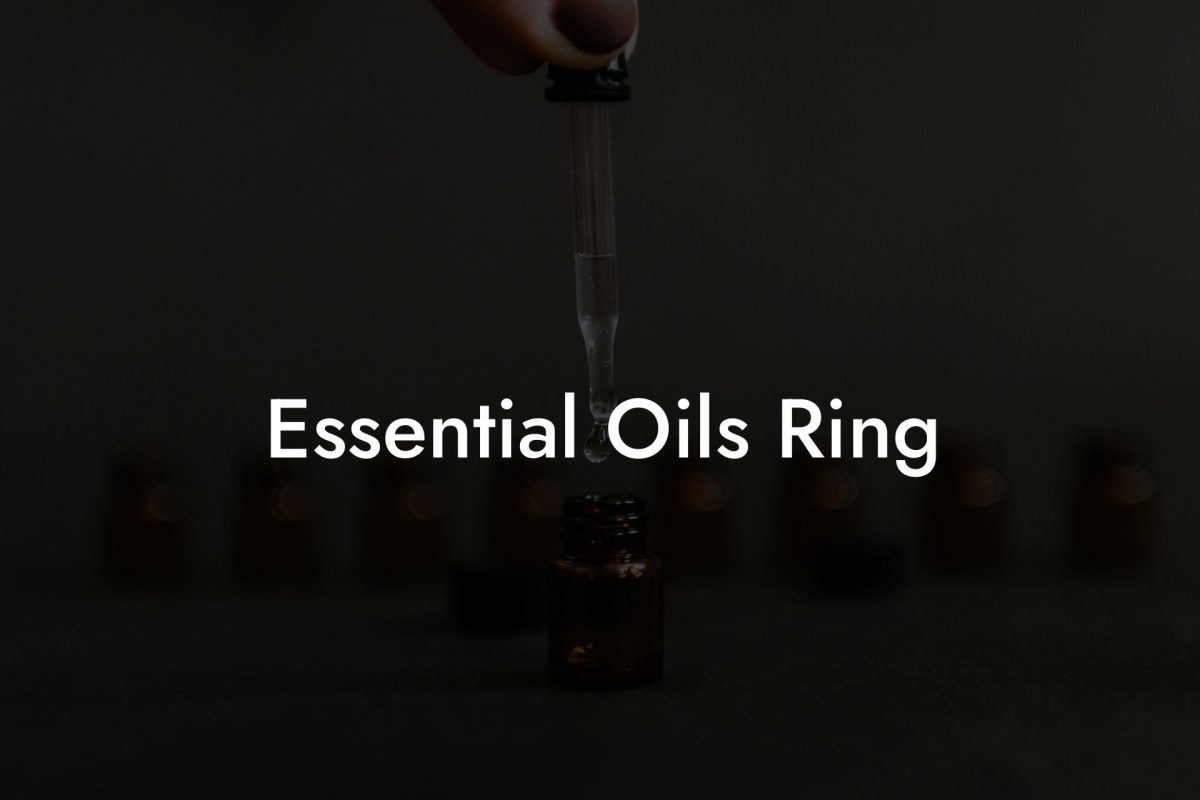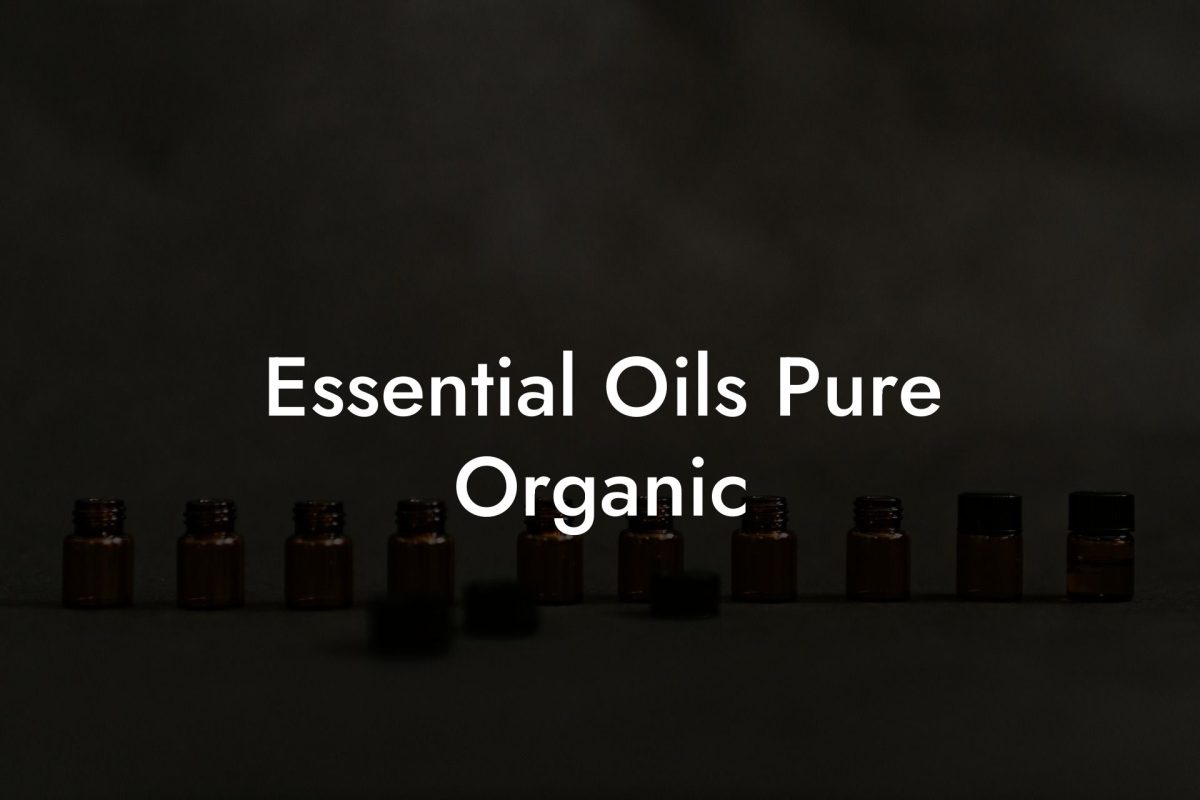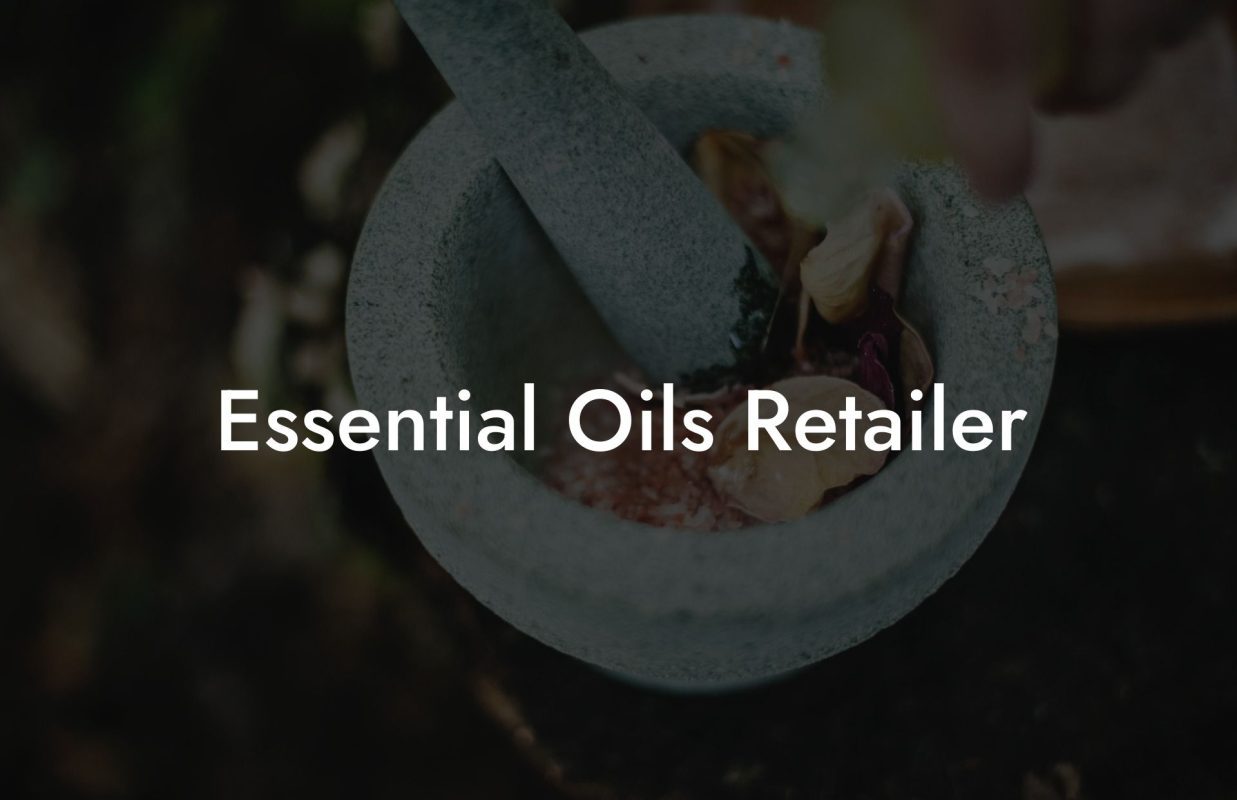Discover the fascinating world of essential oils and the plants they come from in this comprehensive guide. Learn about the healing properties of various plants, the methods of extraction for their oils, and the applications for these powerful natural remedies. Let’s embark on a journey into the botanical kingdom and its fragrant gifts to improve our mental, emotional, and physical well-being.
Table of Contents
- The Origins of Essential Oils
- Lavender (Lavandula angustifolia)
- Eucalyptus (Eucalyptus globulus)
- Tea Tree (Melaleuca alternifolia)
- Peppermint (Mentha piperita)
- Rosemary (Rosmarinus officinalis)
- Steam Distillation
- Cold Pressing
- CO2 Extraction
- A Selection Of Plants And Their Oils
- Methods of Essential Oil Extraction
The Origins of Essential Oils
Essential oils have been used for centuries to support healing, promote relaxation, and enhance various aspects of well-being. They are extracted from the leaves, flowers, stems, and roots of various plants, each containing unique properties that give the oils their distinct characteristics.
A Selection Of Plants And Their Oils
Here is a selected list of plants that produce essential oils, plus the benefits they offer:
Lavender (Lavandula angustifolia)
- Calming and soothing properties
- Helps with sleep and anxiety
- Anti-inflammatory and analgesic for aches and pains
Eucalyptus (Eucalyptus globulus)
- Antimicrobial and antiviral
- Promotes easy breathing during cold and flu seasons
- Helps relieve mental exhaustion and stimulate mental activity
Tea Tree (Melaleuca alternifolia)
- Antifungal, antibacterial, and antiviral properties
- Boosts the immune system
- Effective treatment for skin issues like acne, dandruff, and athlete’s foot
Peppermint (Mentha piperita)
- Boosts energy and focus
- Relieves headaches and migraines
- Improves digestion and soothes upset stomachs
Rosemary (Rosmarinus officinalis)
- Enhances mental clarity and memory
- Stimulates blood circulation and relieves muscle pains
- Supports a healthy respiratory system
Methods of Essential Oil Extraction
There are several ways to extract essential oils from plants, with the most common methods being:
Steam Distillation
This is the most widely used method of extraction. Plant material is placed in a closed container, and steam is forced through it. The heat causes the plant’s cells to release their essential oil, which turns into vapor and is collected after cooling and condensation.
Cold Pressing
Primarily used for citrus fruits like oranges, lemons, and bergamots, cold pressing involves mechanically squeezing the plant material to release its essential oil. This method preserves the delicate aromatic compounds without altering them through heat.
CO2 Extraction
A newer and more expensive method, CO2 extraction uses carbon dioxide gas to extract the essential oil. The process results in more potent and pure oils, making it ideal for delicate and rare plant materials.
Plants For Essential Oils Example:
A friend is experiencing a lot of stress and difficulty sleeping. You introduce them to essential oils as a natural solution and recommend some calming ones like lavender and chamomile. Your friend decides to create a bedtime routine, incorporating these oils into a diffuser before going to sleep. After a week, they notice an improvement in their sleep quality and feel more relaxed before bed, thanks to the power of essential oils.
With this newfound knowledge of plants for essential oils, you’re now equipped to make more informed choices when selecting these natural remedies for yourself or others. Embrace the healing power of nature’s gifts and share this article with friends and family who may be interested in learning more about essential oils. Don’t forget to explore the numerous guides available on Oshu Oils’ website, and browse our extensive range of artisan essential earth oils to enhance your well-being.

